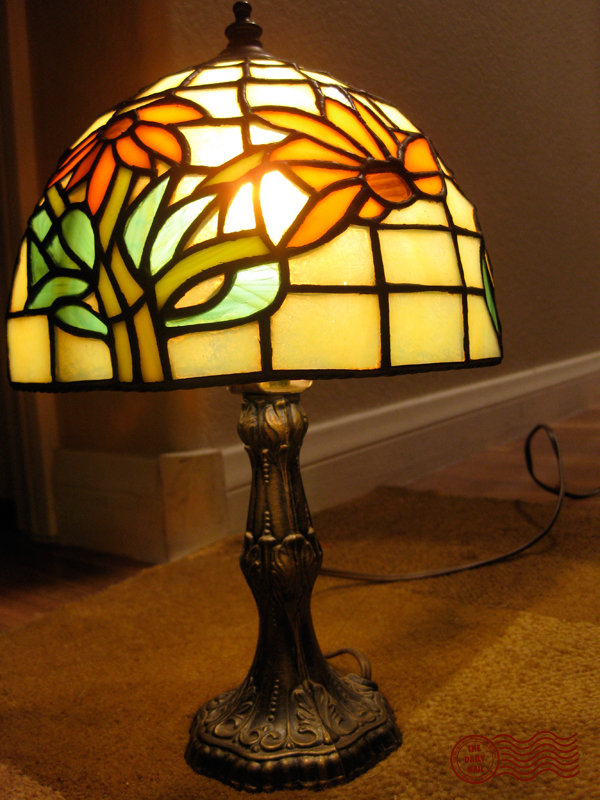Mastering the Bearded Dragon Heat Lamp Schedule: A Beginner's Guide
Introduction
Bearded Dragons are fascinating creatures that make great pets. They are exotic-looking, easy to care for, and have friendly dispositions. However, as a new pet owner, the task of maintaining their heat lamp schedule can be intimidating. Understanding their needs, such as warmth and UVB lighting, is essential in keeping them healthy and happy. In this article, we will cover everything you need to know about creating a bearded dragon heat lamp schedule for your new pet.
Why Do Bearded Dragons Need Heat?
Bearded Dragons are cold-blooded animals, which means they rely on external sources for heat. In their natural habitat in the Australian Outback, they bask in the sun for hours every day. Captive bearded dragons need to be provided with heat to mimic their natural environment. Without heat, they can’t digest properly, and their immune system can weaken, leading to illness.
What Type of Heat Lamp Do Bearded Dragons Need?
Before we dive into the heat lamp schedule, it’s essential to have a heat lamp that is suitable for your bearded dragon. Many people make the mistake of using a standard light bulb or a lamp that is not designed for reptiles. Inappropriate heat sources can harm your bearded dragon. The bulb needs to ensure basking temperatures in the range of 95-105°F and a cool side temperature in the low 80s°F.

Determining Your Bearded Dragon’s Schedule
The heat lamp schedule depends on the age of your bearded dragon. Juvenile bearded dragons require more exposure to heat and UVB lighting than adults. This is because juveniles are still growing and require a lot of energy.
Juvenile Bearded Dragons
If you have a juvenile bearded dragon, they need roughly 12 -14 hours of bright UVB lighting and constant heat. It’s advisable to turn on the heat lamp for 10-12 hours during the day and switch it off at night to simulate the cycle.
Adult Bearded Dragons
Adult bearded dragons require less heat and UVB lighting. They need ten hours of heat during the day and 2-3 hours of UVB exposure. It’s recommended to turn off the heat lamp at around 8 pm to provide a natural light cycle to your bearded dragon.
Extra Tips for Your Bearded Dragon’s Heat Lamp Schedule
Here are some additional tips to ensure your bearded dragon is living comfortably:
- Place a thermometer to measure the temperature on the basking side of the enclosure.
- If it’s too hot or cold, prioritize adjusting the heat lamp accordingly.
- Leave enough space for your bearded dragon’s basking and cool side.
- Avoid overcrowding the enclosure, as multiple bearded dragons can cause conflict and compete for resources.
In Conclusion
A Bearded Dragon’s heat lamp schedule relies on creating a comfortable and natural environment that mimics their natural habitat in the Australian Outback. As a beginner, it’s essential to understand the heat requirements of your bearded dragon and follow the appropriate heat lamp schedule. With the tips mentioned in this article, you’re one step closer to creating a comfortable living space for your bearded dragon friend.
